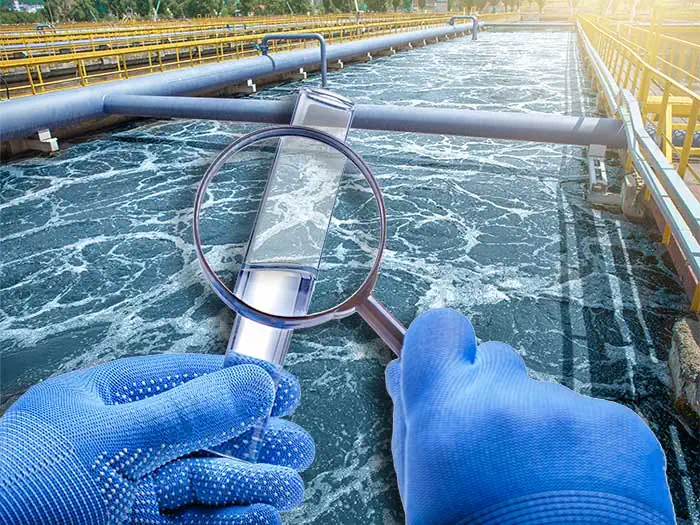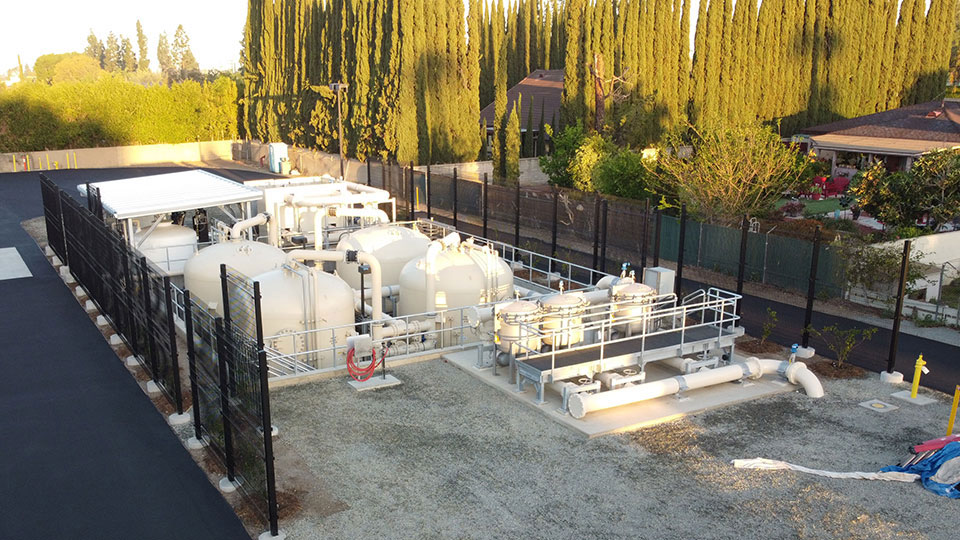Comprehensive PFAS Management in Residential Areas
Comprehensive PFAS Management in Residential Areas
Blog Article
Advanced Approaches for Effective PFAS Contamination Removal
The consistent obstacle of PFAS contamination requires the expedition of innovative elimination approaches that can effectively attend to these harmful materials. Innovative modern technologies, such as advanced oxidation procedures and different adsorption techniques, have arised as appealing services in mitigating PFAS from impacted environments.
Comprehending PFAS Characteristics
Although per- and polyfluoroalkyl compounds (PFAS) have been extensively made use of in different industrial and consumer items due to their unique residential properties, their persistence in the setting positions significant obstacles to public health and wellness and safety and security. PFAS are a team of artificial chemicals defined by a carbon-fluorine bond, among the best chemical bonds understood, which contributes to their exceptional stability and resistance to destruction. This stability enables PFAS to build up in the setting and living microorganisms, leading to potential unfavorable wellness results.
These very same homes contribute to their environmental persistence, as PFAS do not quickly damage down through all-natural processes. Comprehending the chemical buildings of PFAS is vital for establishing reliable techniques to manage and reduce their environmental impact.
Innovative Removal Technologies
The perseverance of PFAS in the atmosphere has spurred the growth of ingenious remediation innovations targeted at effectively removing these pollutants from influenced ecological communities. Amongst the most encouraging approaches are sophisticated oxidation procedures (AOPs), which make use of effective oxidants to break down PFAS substances right into much less unsafe substances. AOPs can be customized to target details PFAS frameworks, boosting their effectiveness.
An additional arising modern technology is the use of adsorption media, such as turned on carbon and ion exchange resins, which can precisely capture PFAS from contaminated water. These materials have shown substantial removal efficiencies, although periodic replacement and regeneration are necessary to maintain performance.
Membrane layer filtering techniques, including reverse osmosis and nanofiltration, are also gaining traction in PFAS removal. These techniques can successfully separate PFAS from water, giving a feasible option for treating polluted sources. Additionally, thermal therapy methods, such as incineration, can decay PFAS right into non-toxic byproducts, though they need mindful administration to control discharges.
Jointly, these ingenious removal modern technologies represent considerable improvements in the ongoing battle versus PFAS contamination, supplying various approaches to restore afflicted settings and shield public health.

Bioremediation Techniques
Bioremediation methods provide a promising method to resolving PFAS contamination by using the natural abilities of microorganisms to degrade these relentless substances (m270 waste management). This approach includes the use of germs, fungis, and other microorganisms that can metabolize or change PFAS compounds into much less hazardous by-products
Recent innovations in molecular biology Go Here and ecological microbiology have actually improved our understanding of microbial neighborhoods and their possible duties in PFAS destruction. Scientists are actively discovering specific stress of bacteria, such as Pseudomonas and Bacillus, which have actually shown the capacity to break down particular PFAS compounds.
Sitting bioremediation methods, where bacteria are boosted straight in polluted settings, can be especially efficient. This method usually includes the application of nutrients or electron contributors to advertise microbial development and activity. In addition, ex Click Here lover situ techniques, such as bioreactors, enable controlled conditions that can enhance degradation prices.
Regardless of the promise of bioremediation, obstacles continue to be, including the complicated nature of PFAS substances and the need for comprehensive field screening - m270 waste management. Proceeded research and development will be essential to fine-tune these strategies and assess their performance in varied environmental contexts
Adsorption and Purification Techniques
Dealing with PFAS contamination commonly entails using adsorption and filtration approaches, which are created to remove these relentless chemicals from water and soil. Among the various techniques, turned on carbon adsorption is widely made use of because of its high surface and porosity, enabling reliable capturing of PFAS particles. Granular triggered carbon (GAC) systems are particularly favored for dealing with big quantities of infected water, while powdered activated carbon (POLITICAL ACTION COMMITTEE) can be utilized for smaller-scale applications.
Ion exchange resins additionally show pledge in PFAS elimination, operating by trading PFAS ions with less unsafe ions in the water. This approach has demonstrated effectiveness in concentrating PFAS compounds, promoting their succeeding removal. Furthermore, membrane layer purification techniques, such as reverse osmosis and nanofiltration, operate by utilizing semi-permeable membranes to separate PFAS from water, effectively decreasing their concentrations.
While these techniques work, they should be very carefully chosen based on the specific PFAS substances present and the ecological context. Constant advancements in materials scientific research and engineering are causing the advancement of unique adsorbents and filtration systems that boost elimination performances and minimize functional expenses, thereby enhancing general removal initiatives.
Regulatory and Plan Considerations
Exactly how can reliable governing structures boost the administration of PFAS contamination? Detailed plans are vital to make certain a coordinated and robust feedback to the obstacles presented by per- and polyfluoroalkyl compounds (PFAS) Rules can establish clear guidelines for tracking, reporting, and remediating PFAS-contaminated websites, cultivating liability amongst industries and public entities. (m270 waste management)

In enhancement, economic rewards and gives can be integrated into plans to why not try here motivate the fostering of sophisticated removal modern technologies. Policymakers should likewise prioritize r & d, guaranteeing that emerging methods for PFAS elimination are validated and implemented successfully.
Furthermore, public recognition and interaction are vital elements of any regulative strategy, encouraging areas to promote for their wellness and safety. Ultimately, a well-structured regulatory atmosphere will certainly not only improve the administration of PFAS contamination however also advertise sustainable practices that secure future generations.
Final Thought
In summary, the complexity of PFAS contamination demands the fostering of advanced remediation techniques. Ingenious technologies such as innovative oxidation procedures, adsorption strategies, and membrane layer purification have actually shown considerable efficiency in removing these relentless substances from polluted water resources. In addition, regulative structures must progress to support the application of these innovations, making certain safe and effective monitoring of PFAS pollutants. Continued r & d in this area remain crucial to resolving the challenges positioned by PFAS contamination.
Report this page